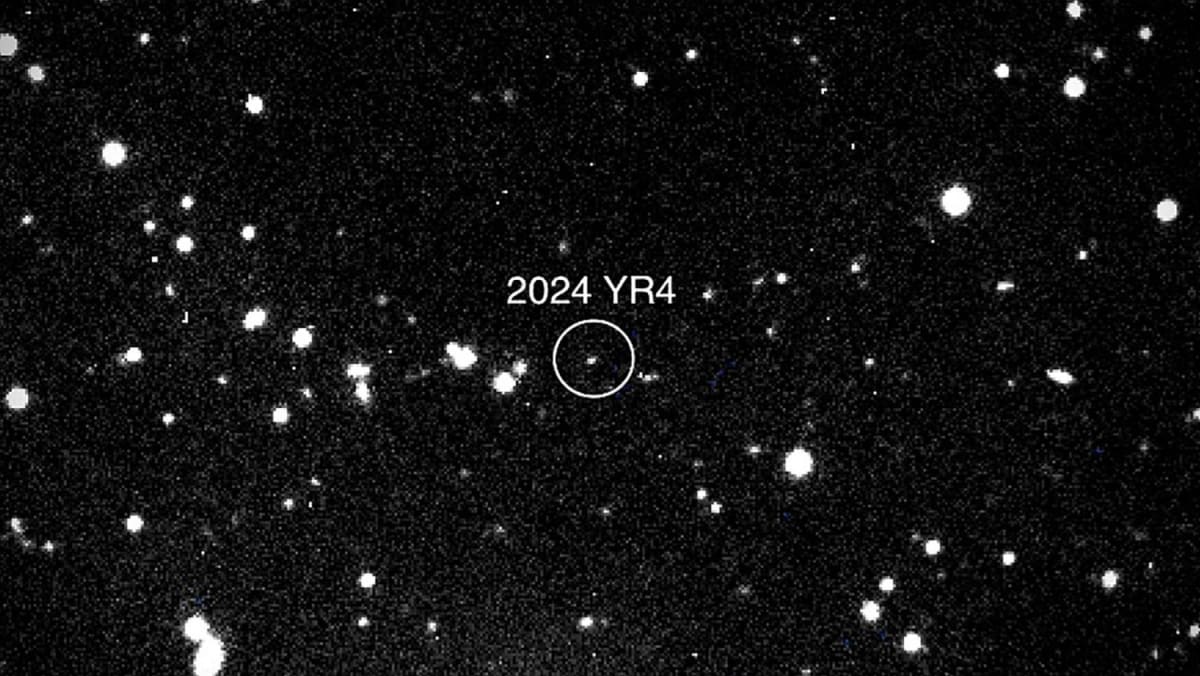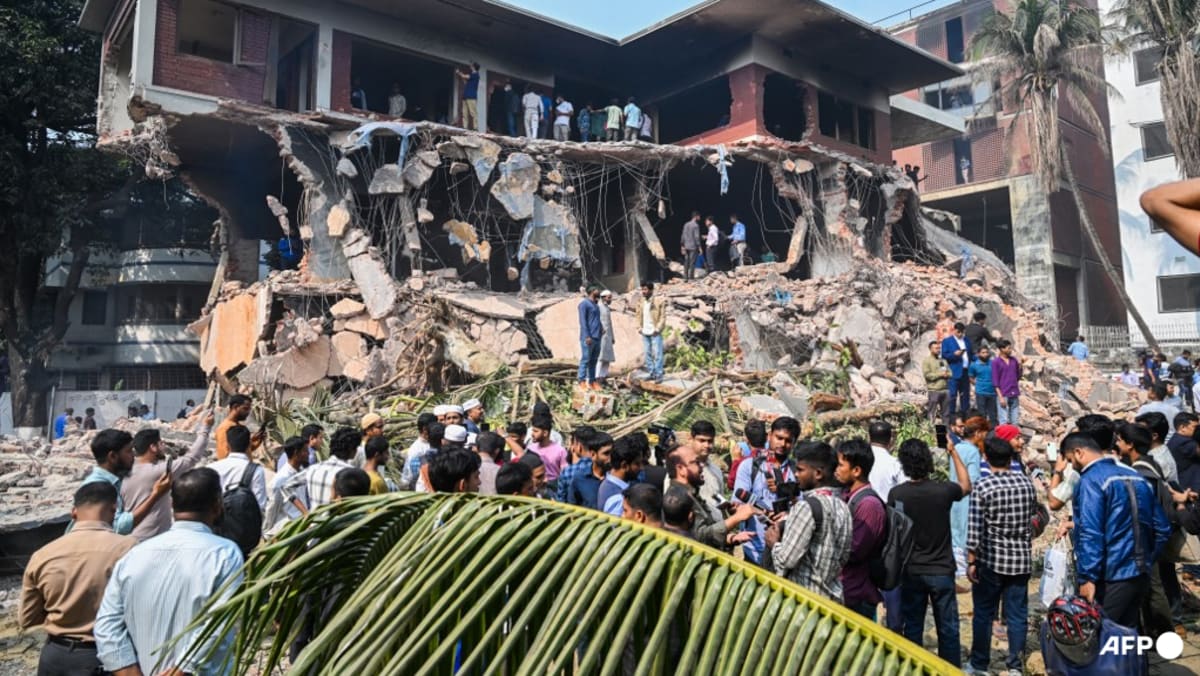China has started assembling a planetary defence team to counter the threat of near-Earth asteroids following the discovery of a large asteroid that could strike our planet in seven years.
Last Friday (Feb 7), the European Space Agency (ESA) updated their probability of asteroid 2024 YR4 hitting Earth in 2032 to 2.2 per cent, putting it at the top of the agency’s risk list.
The asteroid, estimated to be 40m to 90m wide, was discovered by the University of Hawaii’s Institute of Astronomy in late December. The discovery activated global asteroid response mechanisms after its odds of an impact with Earth surpassed an international monitoring threshold.
Weeks after the asteroid’s discovery, a special projects centre at China’s State Administration of Science, Technology and Industry for National Defence posted a recruitment notice listing three available roles for a “planetary defence post”.
The centre, which is responsible for aerospace engineering research and implementation and Earth observation, is recruiting graduates to study asteroid monitoring and create early warning methods, according to the notice posted last month on the WeChat account of the journal China Space Science and Technology.
There are various methods that could be used to try to stop an asteroid from hitting Earth. In the world’s first successful planetary defence test in 2022, United States space agency NASA altered an asteroid’s trajectory by colliding with it.
Li Mingtao, a researcher at the Chinese Academy of Science’s National Space Science Centre, told China Science Daily on Monday that China had made “great progress” in asteroid defence.
“In the future, we must not only comprehensively strengthen equipment configuration and performance … but also cultivate a team of talent dedicated to asteroid defence and contribute Chinese wisdom and Chinese strength to protecting the safety of the Earth,” Li said.
According to his online profile, Li works on designing innovative asteroid defence plans. The site said he aimed to propose a Chinese plan for near-Earth asteroid early warning and defence.
In September, China unveiled a conceptual plan for its first mission to defend against a near-Earth asteroid. The mission aims to observe an asteroid and then hit it with a spacecraft to alter its path in around 2030, according to state media.
China is also part of the International Asteroid Warning Network (IAWN) and the Space Mission Planning Advisory Group (SMPAG), two international bodies that coordinate the sharing of information and response to asteroids and other near-Earth objects.
The 2024 YR4 asteroid is big enough to cause localised damage in the event of an impact with Earth.
Li said that while the asteroid was likely to either fall into the ocean or disintegrate as it entered the Earth’s atmosphere, if it did hit land the shock waves and radiation generated could destroy a medium-sized city.
In 2013, an asteroid measuring 20m wide hit Chelyabinsk, Russia, with an explosion equivalent to 30 atomic bombs. It damaged 300 houses and injured 1,500 people.
Li said that if the 2024 YR4 asteroid hit an urban area, it could injure tens of thousands of people.
At the end of January, NASA and the ESA both released independent estimates saying the probability of an impact with Earth was above 1 per cent. Those odds, along with the size of the asteroid, put it above the threshold for IAWN and SMPAG to initiate a response.
In their estimate released late last month, the ESA put the likelihood of impact at 1.2 per cent. The probability could continue to change – and even fall to zero – as scientists observe and obtain more data on the asteroid.
Li said that although public attention was focused on the asteroid, “scientists actually do not regard it as a particularly serious matter and are relatively calm”.
The asteroid, which passed close to Earth in December as it made its four-year trip around the sun, will fade out of view over the next few months, so astronomers will use increasingly powerful telescopes to obtain as much data on it as possible while it is still visible.
“By the end of the observation in April, we will have more data, and when the new observation window arrives in 2028, we will be able to judge the probability of it hitting the Earth more clearly,” Li said.
“At that time, the United Nations will organise another discussion to decide whether to design a defence plan.”
This article was first published on SCMP.













